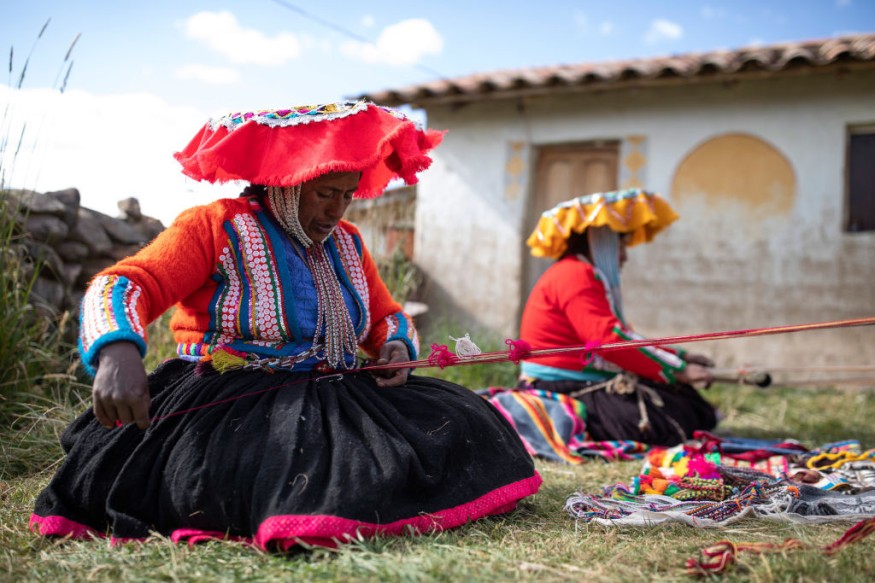Peru: 4 Cultural Aspects of Ancient Inca Empire Still Alive in the South American Country

The Incas ruled a vast empire across South America, stretching from Ecuador all the way to central Chile. However, its culture can be most felt in the heart of the empire itself, Peru.
The Incan Empire was formed by ethnic Quechua people, also known as Amerindians, in 1438 in the Andean city of Cuzco, Peru.
While the entire empire was nearly wiped out by the Spanish since its conquest began in 1532, much of its cultural aspects remained in Peru, as the Incas left an indelible mark on its people.
4 Cultural Aspects of Inca Empire Still Alive in Peru Today
Unfortunately, the Incas did not have any written text, which frustrated the archeologists and anthropologists. However, while the Incas did not leave behind any written records, their culture can still be felt in Peru. Here are some aspects of the ancient Inca Empire that can still be seen in the country up to this day.
Inca Ruins
Inca ruins can be found throughout Peru. The most famous of which is Machu Picchu, the 15th-century mountain citadel. However, there are also other famous places.
According to Exodus Travels, these include the Sacred Valley, which belonged to the Inca emperor, and many other ruins in Chinchero, Ollantaytambo, Pisac, and Tipon. The Incas were great at stone works, as the Peru Rail noted that the Incas believed that stones have a spiritual aspect to them.
Incan Domesticated Animals
In the rest of the world, cattle, pigs, chickens, and ducks are common forms of domesticated animals. However, in Peru, there are other more common domesticated animals, and they are still being used as livestock or pack animals in Peru today. Thanks to the Incas.
The most well-known are llamas and alpacas, which are common beasts of burden. Guanacos and Vicuñas are also used throughout the country.
While they are not exclusive to the Incas, the former empire has helped spread their use, from having their dung serve as fuel and fertilizer to having their wool used for textiles.
Traditional Peruvian Clothing
Traditional Peruvian clothing traces its lineage to the Incan times. It is not a fashion thing since it is part of their culture. Their traditional clothing is usually bright and colorful.
Less than an hour from the Inca capital Cusco is the Chinchero town, which is world-renowned for its textiles. Women in the area focus on age-old weaving practices and sell their wares to tourists.
Quechua Language Still Being Spoken in Peru
Most Peruvians speak Spanish, as much of the ancient Incan language had been wiped out by the Spanish colonizers.
However, the ancient language known as Quechua is still being spoken in the country. This is evident in the Andean region, where Quechua and Spanish are frequently intermixed.
Peru also recognizes it as one of its official languages. Exodus Travels reported that Quechua has also very much influenced the English language, as several Quechua words are now being used in English. These include coca, condor, guano, jerky, llama, poncho, puma, quinine, quinoa, and vicuña.
READ MORE : LGBTQ Activists in Peru Demand Autopsy for Peruvian Transgender Man Who Died in Indonesia
This article is owned by Latin Post.
Written by: Rick Martin
WATCH: The Rise and Fall of the Inca Empire - From TED-Ed
Subscribe to Latin Post!
Sign up for our free newsletter for the Latest coverage!
© 2026 Latin Post. All rights reserved. Do not reproduce without permission.













